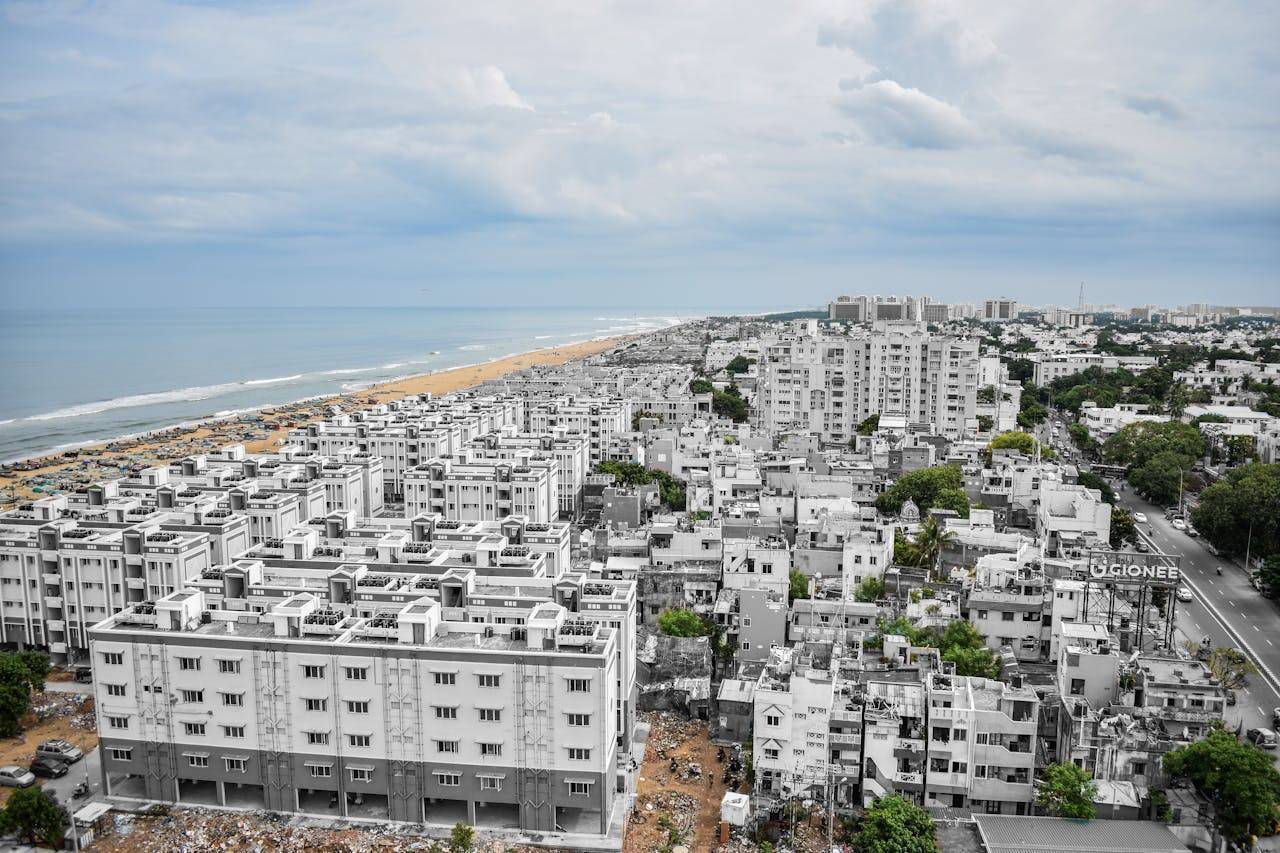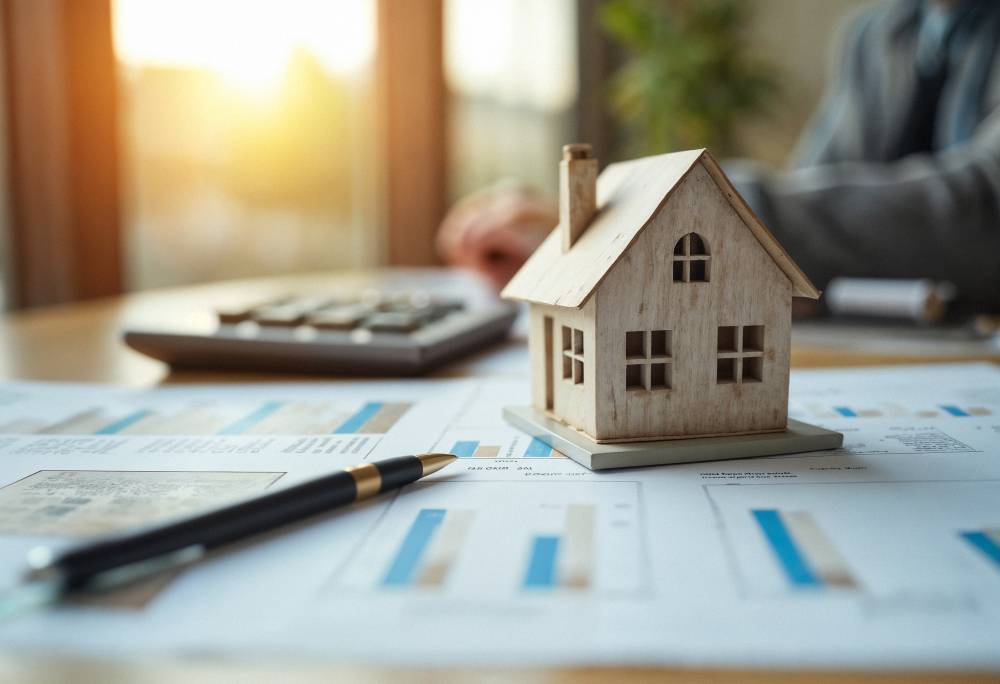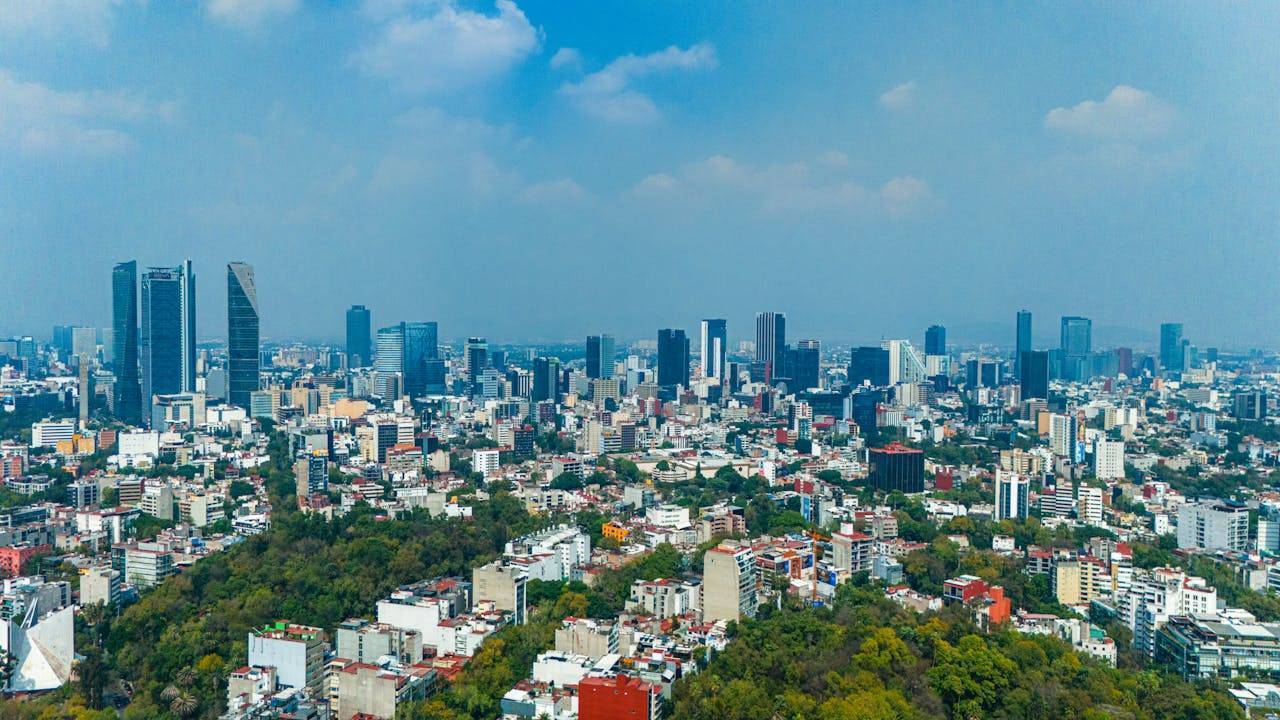Mumbai’s property market remained steady in July 2025, but a shift in geographical preferences has emerged. The city recorded 12,366 property registrations during the month, marginally down by 0.1% compared to July 2024—but the composition of these registrations revealed clear trends in buyer behaviour. According to data released by the Maharashtra Department of Registrations and Stamps (IGR), Western and Central Suburbs continued to dominate residential activity, accounting for 88% of all registrations. South Mumbai, traditionally viewed as the city’s prime real estate zone, saw its share shrink to 6%, down from 8% a year ago.
The Western Suburbs contributed the largest share at 57%, while the Central Suburbs accounted for 31%, underscoring a continued preference among homebuyers for comparatively affordable and accessible locations with strong infrastructure connectivity. The dominance of these suburban zones reflects a market pivot that has been taking shape over the last few years, driven by new supply, infrastructure upgrades, and relatively lower price points.
The overall flat registration figure, when compared year-on-year, masks a 7% increase on a month-on-month basis from 11,599 registrations in June 2025. While the volume of transactions remained stable, the revenue generated by stamp duty collections showed a more robust increase. July 2025 saw ₹1,101 crore collected through stamp duty, up 3% from ₹1,064 crore in July 2024. June 2025 had generated ₹1,035 crore.
In its latest Mumbai residential market update, real estate consultancy Knight Frank India highlighted a subtle shift in the composition of property purchases. While properties priced between ₹1 crore and ₹5 crore still form a significant portion of the market, their share in overall registrations declined slightly. Meanwhile, registrations for properties priced above ₹5 crore rose from 5% in July 2024 to 6% in July 2025, indicating continued traction in the high-end and luxury segments despite a reported softening in the ultra-luxury category above ₹40 crore.
The report further noted that approximately 80% of the registered properties in July were residential units, aligning with broader national trends in urban real estate markets. The preference for mid-size apartments remained evident, as units up to 1,000 sq ft constituted 82% of all transactions. Within this, the 500–1,000 sq ft bracket was the most dominant. Units in the 1,000–2,000 sq ft range accounted for 14% of transactions—up one percentage point from last year—while apartments over 2,000 sq ft held steady at 3%.
From a year-to-date perspective, Mumbai recorded 88,426 property registrations between January and July 2025. This marks a 4% year-on-year increase from the same period in 2024. More significantly, revenue from these registrations rose 13% YoY to ₹7,832 crore, making it the highest-performing January–July period since 2013.
Despite signs of resilience in the overall market, the declining share of South Mumbai suggests that traditional core areas are facing increasing competition from emerging suburban micro-markets. According to analysts, the high base prices, limited new inventory, and constrained redevelopment pace in areas such as Colaba, Malabar Hill, and Lower Parel may be contributing factors to the dip.
“The gradual expansion of transport networks like Metro Lines 2A, 7, and the ongoing coastal road project have improved connectivity in the suburbs, making them more attractive for buyers who prioritize space and budget,” said a real estate market observer.
The steady shift towards Western and Central Suburbs is also being supported by a growing preference for gated communities, new-age amenities, and better pricing flexibility from developers. Large-format projects in areas like Goregaon, Kandivali, Chembur, and Mulund continue to draw demand from both end-users and investors.
With rapid infrastructure transformation underway across the Mumbai Metropolitan Region (MMR), real estate activity is steadily shifting toward the suburban growth corridors. South Mumbai retains its prestige for luxury buyers, but the city's housing momentum now lies in the western and central suburbs.









.png)